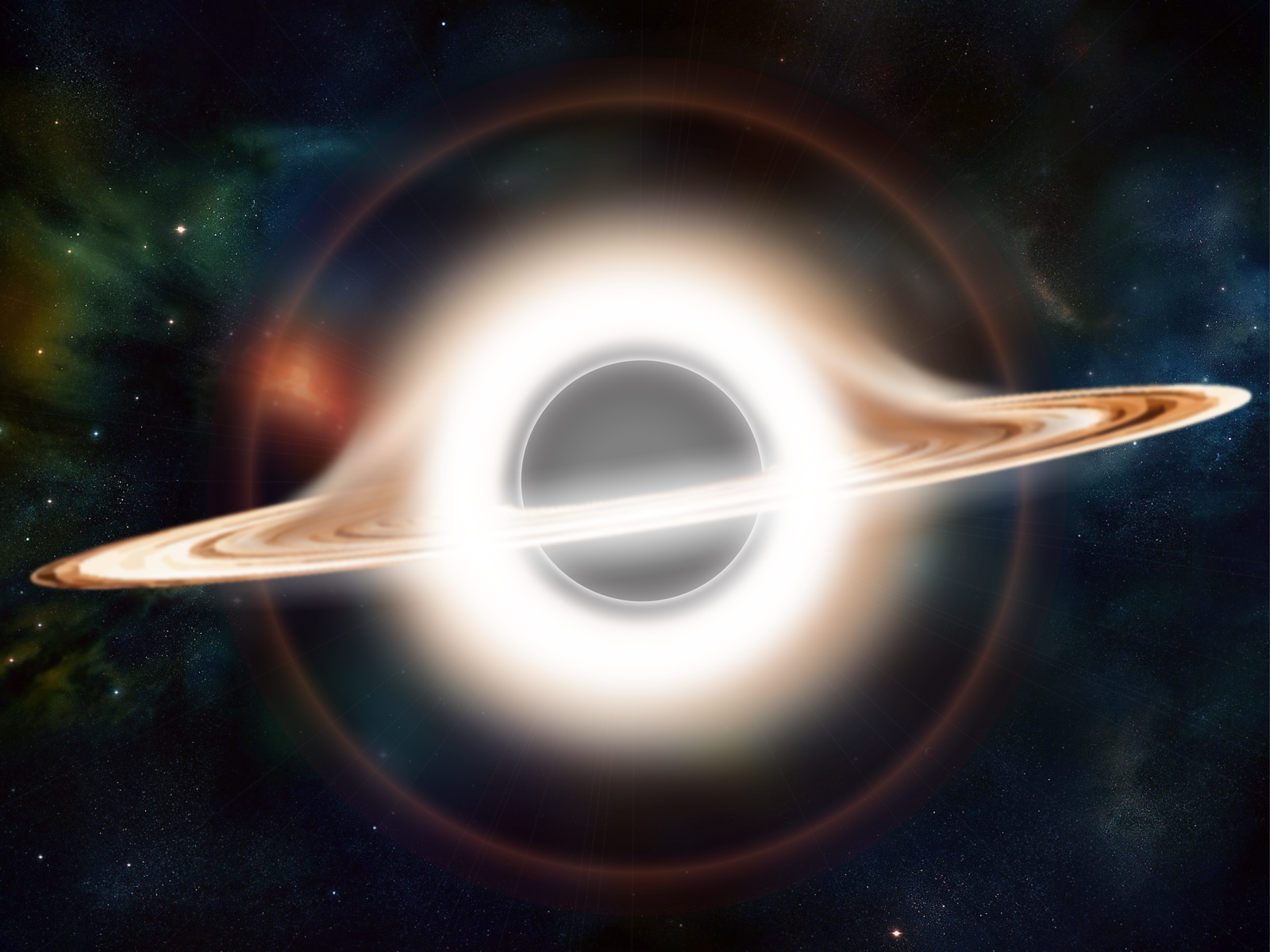Millions of people have been captivated by the image of Gargantua, the enormous black hole portrayed in the film “Interstellar”. According to the film’s narrative, this supermassive black hole has a mass 100 million times that of the sun. It is an incredibly intriguing idea. The way that Gargantua is portrayed in “Interstellar” has generated a lot of attention among moviegoers and scientists alike. But the question still stands: amid the vastness of the universe, precisely where is this hypothetical black hole located? Globally, astrophysicists and astronomers continue to engage in discussions and arguments centered around the pursuit of answers to this topic.
Gargantua and Reality
Gargantua is a fictional construct in real life, but “Interstellar”‘ portrayal of it is grounded in actual scientific theories, principles, and facts. According to the movie’s depiction, Gargantua would be an ultramassive black hole that is much bigger than any that we are currently aware of and has such a tremendous gravitational attraction that the space-time around it is warped. The hypothesis that Gargantua is an ultramassive black hole explores the fascinating field of theoretical astrophysics and challenges our understanding of the universe. Its theoretical size raises concerns about the nature of space and time, as well as our present knowledge of black holes and the mass limits of these objects. This depiction arouses interest in the community in the possible presence of such massive celestial bodies in the vastness of the universe, prompting more research, reflection, and scientific discussion. The way that “Interstellar” portrayed Gargantua as an ultramassive black hole captured viewers’ attention and stimulated scientific investigation, leading scientists to learn more about the fundamental properties of the cosmos and black holes. The idea of a black hole with such enormous mass and strength defies accepted astrophysical knowledge, leading cosmologists to explore and uncover previously uncharted territory.
Possible Locations for a Gargantua-like Black Hole
Gargantua doesn’t actually exist; it is a mythical entity. But if we had to guess where such a black hole may be found, it would probably be at the center of a galaxy, similar to the supermassive black holes seen in the Milky Way and the far-off galaxy M87. With masses tens of millions to billions of times that of the sun, these supermassive black holes are thought to be present at the centers of most, if not all, galaxies and play a crucial role in the development and evolution of the host galaxies. Consequently, a Gargantua-sized black hole would most likely be found at the center of a massive, old galaxy, influencing the cosmic structures that are within its gravitational field and affecting the surrounding space-time. Stars, planets, and other celestial bodies under its gravitational pull would probably follow different paths as a result of this effect, adding to the complex and dynamic dance of cosmic objects under its control.
The Power of Gargantuan Black Holes
It is simply unbelievable how powerful and influential such a big black hole can be. For instance, in 2019 scientists witnessed the largest explosion in the history of the universe—an unprecedented event. Massive shockwaves from a black hole in a far-off galaxy caused this amazing occurrence, which radiated across space in a captivating exhibition of cosmic forces. The possibility of even more dramatic cosmic occurrences, including enormous gravitational waves and tremendous energy bursts, would be astounding if a black hole as huge as Gargantua were to exist. The implications of such massive celestial bodies continue to intrigue and test our comprehension of the cosmos, spurring new lines of inquiry into the secrets of the cosmos and yielding ground-breaking findings.
The Fiction and Science of Gargantua
Despite being a work of fiction, “Gargantua” has a strong scientific foundation. Nobel laureate Kip Thorne, a theoretical physicist, was instrumental in guaranteeing the scientific credibility of Gargantua’s depiction in “Interstellar.” Additionally, the film’s visual effects team laboriously used Thorne’s calculations, working under his direction, to produce a realistic representation of a black hole that received praise for its scientific accuracy.
Even though we haven’t seen a black hole as big as Gargantua in our observations to date, research on these celestial objects continues to provide important new understandings of the nature of our universe. This continuous exploration pushes scientific curiosity and discovery to new heights by enhancing our comprehension of the universe and its mysterious secrets. The portrayal of Gargantua in “Interstellar” has generated a great deal of attention and debate among scientific and general audiences, underscoring the significant influence that the nexus between art and science has on how we perceive the universe. Furthermore, by depicting a black hole accurately, the movie has created new opportunities for scientific research and visualization, spurring more investigation and comprehension of these celestial phenomena.
In conclusion, even though a supermassive black hole like Gargantua might not actually exist in the universe, it continues to fascinate scientists and space enthusiasts alike. Who knows what further research and observations may turn up?
Sources
- Science of ‘Interstellar’ Explained (Infographic)
- Gargantuan black hole 30 billion times the mass of the sun
- The supermassive black hole at the centre of our Milky Way
- Not All Theories Can Explain the Gargantuan Black Hole M87
- Record-breaking Explosion by Black Hole Spotted
- Building Gargantua
![]()
